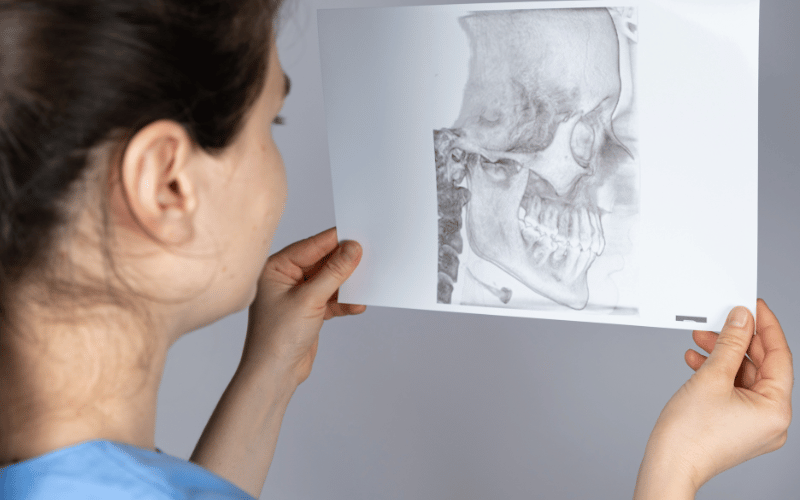Introduction
Temporomandibular joint dysfunction, commonly known as TMD or TMJD, is a medical condition that doesn’t often make headlines, yet its impact on sufferers is significant. When discussing TMD, we’re referring to a range of symptoms and issues that originate from problems with the jaw joint and surrounding muscles. It’s not just a singular issue; instead, it is a series of concerns that can affect various facets of daily life.

The jaw, although often overlooked, plays a vital role in our everyday activities, from speaking and expressing emotions to the essential act of eating. When there’s an issue with the joint connecting the jawbone to the skull, it can translate into a host of discomforts and dysfunctions. The intrigue behind TMD is that its symptoms aren’t merely confined to the jaw area. They can be wide-ranging, affecting areas as diverse as the ears and the neck, making it a condition that’s sometimes misunderstood or misdiagnosed.
In a world dominated by communication, where speaking and expressing oneself is more critical than ever, the importance of understanding and addressing TMD becomes paramount. As with many medical conditions, awareness and knowledge are half the battle. Knowing what to look out for can be the difference between enduring prolonged discomfort and seeking early, effective treatment.
In this piece, we’re taking a close and detailed look at the top 10 symptoms of TMD. Each symptom, while a concern on its own, collectively paints a picture of a condition that requires understanding and attention.
Symptom 1: Jaw Pain or Tenderness

The sensation of jaw pain or tenderness is more than just an occasional nuisance for TMD sufferers; it’s a relentless disruption. The jaw, intricately designed, is a workhorse of daily activities. Whether it’s breaking down food or helping us enunciate words, its role is crucial. But when TMD strikes, the persistent pain can make even mundane tasks daunting. Some describe the pain as a deep-seated ache, while others feel sharp, stabbing sensations. It’s a pain that doesn’t just remain localized but radiates, affecting adjacent areas, leading many to mistakenly attribute it to other issues.
Additionally, the temporomandibular joint, where TMD originates, is complex. This complexity, paired with daily wear and tear, can make it susceptible to inflammation and stress. Often, the tenderness is more pronounced in the morning or late evening, possibly linked to subconscious teeth grinding during sleep or the accumulated stress of the day. A noteworthy point is that this symptom can either be bilateral, affecting both sides, or unilateral, impacting just one side.
Interestingly, external factors can exacerbate this pain. Cold weather, for instance, can intensify the discomfort, as can stressful situations. It underscores the point that managing TMD isn’t just about addressing the physical but also being aware of external triggers. Holistic approaches, such as stress-relief techniques or using heat packs, can help alleviate the severity.
But why is understanding this symptom vital? Primarily, because jaw pain can be misleading. It’s not uncommon for it to be mistaken for toothaches, sinus issues, or even neuralgia. Hence, a proper diagnosis is essential. After all, treating the root cause is always more effective than addressing the surface symptom. (1)